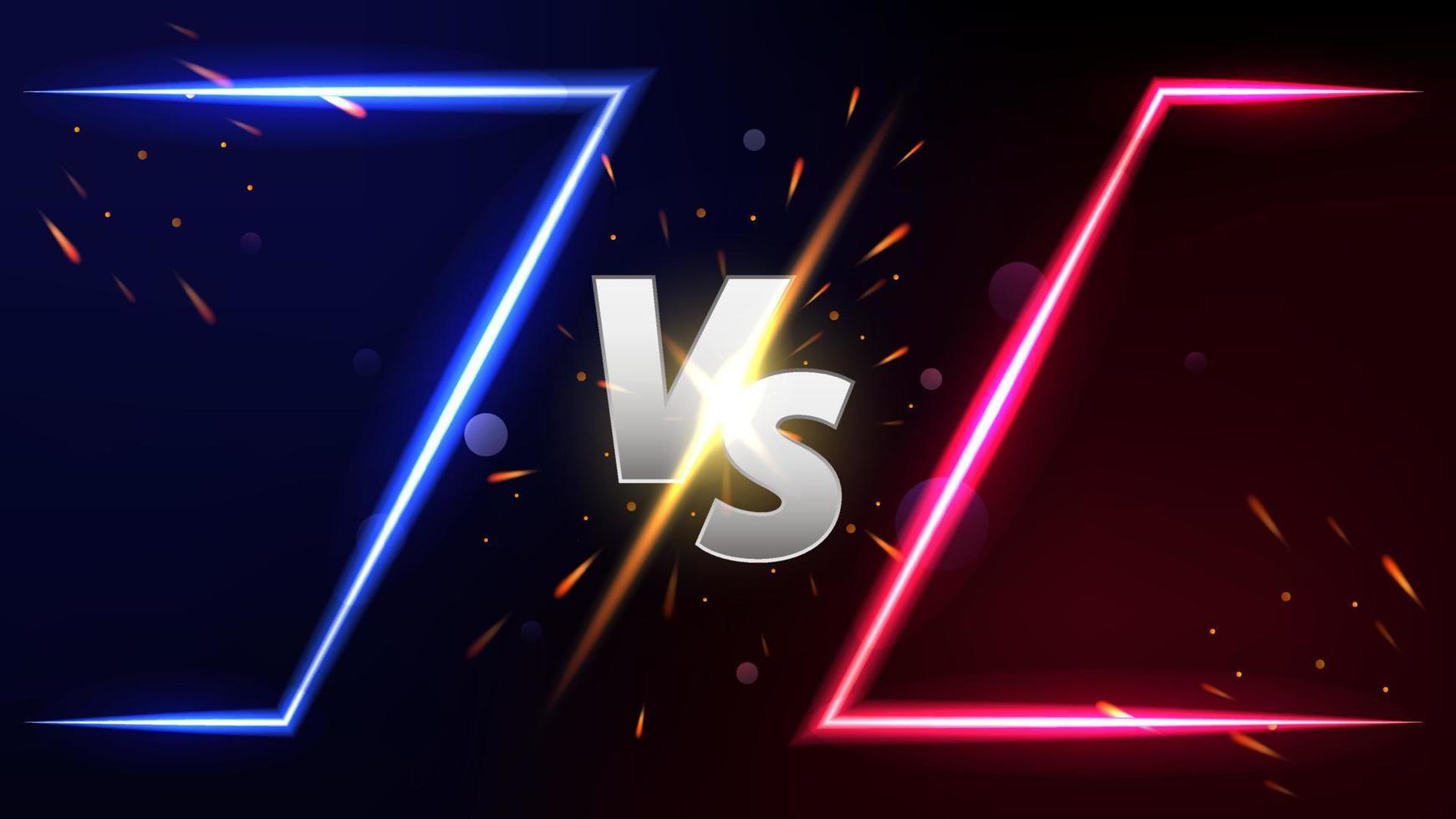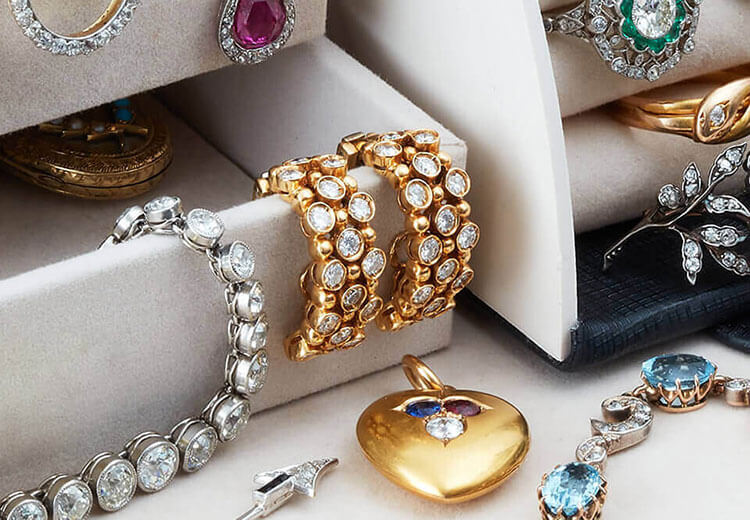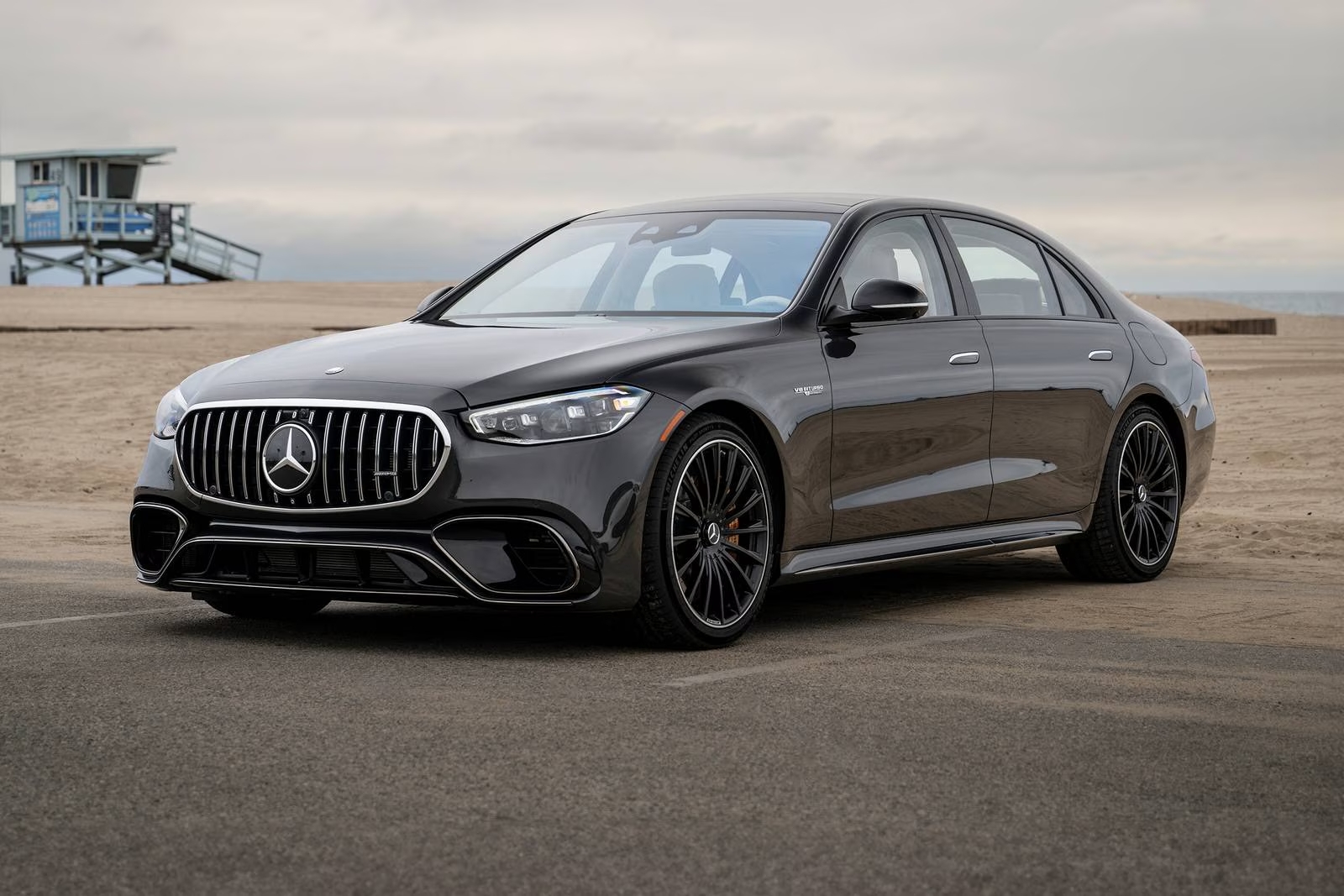In today’s sophisticated consumer landscape, the terms “luxury” and “premium” are often used interchangeably in marketing materials, product descriptions, and brand positioning. However, these concepts represent distinct market segments with fundamentally different value propositions, pricing strategies, and consumer relationships. Understanding these distinctions is essential for discerning consumers navigating an increasingly complex marketplace where traditional markers of quality and exclusivity have been disrupted by digital transformation, changing consumption patterns, and evolving definitions of status.
Defining the Territory
Before examining specific differences, let’s establish working definitions:
Luxury represents products and experiences characterized by exceptional craftsmanship, heritage, rarity, and non-essential nature that transcend functional benefits to deliver emotional, symbolic, and social value. True luxury items often serve as cultural artifacts reflecting artistic expression and historical significance.
Premium describes offerings positioned above mass-market alternatives through superior performance, enhanced features, improved materials, or specialized benefits that justify higher pricing through rational, quantifiable advantages. Premium products emphasize functional excellence and tangible differentiation.
While both categories occupy higher price points than mainstream alternatives, their philosophical approaches to value creation diverge significantly across multiple dimensions.
The Historical Perspective
Understanding the distinction requires examining the historical evolution of these market segments:
Luxury’s Aristocratic Origins
Luxury originated in aristocratic and royal patronage systems, where skilled artisans created exceptional objects for elite clients. These relationships emphasized:
- Bespoke creation for individual patrons
- Materials selected for rarity rather than practicality
- Objects intended for multi-generational relevance
- Expression of cultural capital and social position
This heritage continues to influence luxury today, with traditional houses like Hermès and Patek Philippe maintaining artisanal approaches despite operating at much larger scales than their historical counterparts.
Premium’s Industrial Roots
The premium category emerged during industrialization when manufacturers began differentiating products by quality tiers. This approach featured:
- Standardized production with enhanced quality control
- Superior materials selected for performance benefits
- Technical innovation as a primary differentiator
- Value proposition based on measurable superiority
Brands like BMW emerged from this tradition, offering quantifiably better products justified by tangible engineering advantages rather than symbolic or social significance.
Core Philosophical Differences
Several fundamental distinctions separate luxury from premium positioning:
Time Orientation
Luxury embraces a multi-generational timeframe, creating products intended to become heirlooms or collectibles. This temporal orientation influences everything from material selection to design philosophy, emphasizing enduring relevance over contemporary trends. A Vacheron Constantin watch is designed to function and remain aesthetically relevant for decades or centuries.
Premium operates primarily in the present, focusing on current technological advantages and contemporary performance standards. While quality remains important, the value proposition centers on present-day superiority rather than historical or future significance. A premium smartphone may offer superior features today while acknowledging inevitable obsolescence.
Scarcity Management
Luxury strategically maintains scarcity through limited production, controlled distribution, and deliberate access barriers. Hermès famously limits Birkin bag production below market demand not merely for short-term profit maximization but to preserve long-term desirability and cultural significance.
Premium typically pursues scale within its target segment, making products available to anyone willing to pay. BMW or Apple maintain quality standards while pursuing significant market penetration and production volume, with availability limited primarily by price rather than artificial constraints.
Necessity Relationship
Luxury exists entirely outside functional necessity, offering products that serve primarily symbolic, emotional, or aesthetic purposes. A Lalique crystal vase or Brunello Cucinelli cashmere sweater may offer minimal functional advantages over non-luxury alternatives while delivering entirely different emotional and social experiences.
Premium enhances necessary functions with superior execution, materials, or features. A Sub-Zero refrigerator fundamentally serves the same purpose as any refrigerator but offers tangible performance advantages in temperature control, longevity, and design integration.
Pricing Philosophy and Value Construction
The approach to pricing reveals perhaps the most significant operational difference between these segments:
Luxury Pricing Logic
Luxury pricing follows a fundamentally different economic model:
- Prices significantly exceed production cost justification
- Value derives substantially from intangible elements like heritage, craftsmanship narrative, and cultural significance
- Price increases often enhance rather than diminish desirability through signaling and scarcity effects
- Price functions as an access barrier ensuring social exclusivity
This pricing approach explains why luxury products rarely discount and often increase prices annually above inflation rates without corresponding material improvements. The high price is an intrinsic component of the luxury value proposition rather than merely a reflection of production costs.
Premium Pricing Logic
Premium pricing maintains stronger connections to rational economic frameworks:
- Prices maintain proportional relationships to production costs
- Value proposition centers on measurable superiority in materials, performance, or features
- Pricing typically requires objective justification through demonstrable advantages
- Discount strategies may be employed without fundamentally undermining brand positioning
A premium vehicle like Mercedes-Benz may command a 30-40% price premium over mainstream alternatives but must justify this differential through tangible advantages in engineering, materials, technology, and performance.
Brand-Consumer Relationship
The nature of the relationship between brand and consumer differs significantly between segments:
Luxury Relationship Dynamics
Luxury brands establish aspirational relationships characterized by:
- Brand positioned above consumer in hierarchical terms
- Consumer seeks acceptance from brand rather than vice versa
- Purchase represents achievement or arrival rather than mere transaction
- Brand maintains authority position in relationship
This dynamic explains common luxury practices like waiting lists, purchase history requirements, and selective customer approval processes. The consumer seeks admission to the brand’s world rather than the brand courting the consumer’s business.
Premium Relationship Dynamics
Premium brands establish partnerships with consumers built on:
- Brand and consumer positioned as sophisticated equals
- Mutual selection process based on aligned values
- Purchase represents discerning choice rather than aspirational achievement
- Brand demonstrates worthiness through proven performance
Premium brands like Audi or Bang & Olufsen must continuously validate their price premiums through measurable superiority while treating customers as respected partners rather than privileged applicants.
Marketing and Communication Approaches
Marketing strategies reflect these philosophical differences:
Luxury Communication
Luxury marketing typically emphasizes:
- Heritage storytelling and artistic direction
- Emotional and aesthetic appeals over rational benefits
- Creation of desire rather than fulfillment of needs
- Controlled information with deliberate mystique
Communications often avoid explicit price discussion, feature artistic rather than product-focused imagery, and emphasize the universe surrounding the brand rather than specific product attributes.
Premium Communication
Premium marketing usually focuses on:
- Technical superiority and innovation
- Comparative advantages against alternatives
- Rational justification for price positioning
- Transparent information and education
Premium brands like Miele or Sonos provide detailed specifications, competitive comparisons, and explicit articulation of performance advantages to justify their price positioning.
Brand Architecture Distinctions
The structure of brand portfolios reveals another significant difference:
Luxury Brand Architecture
Luxury conglomerates like LVMH and Kering maintain strict brand separation, preserving distinct identities, heritage narratives, and customer relationships. Cross-promotion remains minimal despite common ownership because each brand maintains its unique universe and cultural positioning.
Premium Brand Architecture
Premium companies often employ tiered branding structures with explicit relationships between entry-level and higher-tier offerings. BMW clearly positions 3-Series, 5-Series, and 7-Series in an ascending hierarchy with shared design language, technology platforms, and brand values.
Contemporary Market Evolution
Several trends are reshaping the boundaries between luxury and premium segments:
Democratization of Information
Digital access to production information has challenged traditional luxury mystique. Consumers can research materials costs, production methods, and profit margins, requiring luxury brands to articulate value beyond material inputs more explicitly than historically necessary.
Experience Focus
Both segments increasingly emphasize experiential components alongside physical products. Premium brands like Porsche offer driving experiences and exclusive access events, while luxury brands like Louis Vuitton create immersive retail environments and cultural programming beyond product transactions.
Sustainability Pressures
Environmental and ethical concerns have forced both segments to reconsider traditional practices. Luxury’s emphasis on rare materials and artisanal production aligns naturally with sustainability narratives, while premium brands must balance performance engineering with environmental responsibility.
Digital Luxury Paradox
Luxury brands face particular challenges in digital contexts where traditional scarcity mechanisms and high-touch service experiences prove difficult to translate. The democratizing nature of digital platforms conflicts with luxury’s hierarchical foundations, requiring careful balancing of accessibility and exclusivity.
Industry-Specific Manifestations
The luxury-premium distinction manifests differently across sectors:
Automotive Sector
Luxury markers: Handcrafted elements, bespoke customization, deliberate production limitations, heritage narratives (Bentley, Rolls-Royce)
Premium markers: Engineering excellence, performance specifications, technological innovation, tiered product ranges (Mercedes-Benz, BMW)
Fashion and Accessories
Luxury markers: Artistic direction, runway presentations, limited editions, creator heritage, hand finishing (Hermès, Chanel)
Premium markers: Material quality, functional design, durability promises, performance features (Theory, Lululemon)
Hospitality
Luxury markers: Personalized anticipatory service, historical properties, symbolic addresses, cultural programming (Aman Resorts, Ritz Paris)
Premium markers: Consistent high standards, enhanced amenities, superior comfort features, recognition programs (Four Seasons, Marriott Luxury Collection)
Technology
Luxury markers: Artisanal components, exotic materials, limited numbered editions, collaborative artist editions (Vertu, former position)
Premium markers: Enhanced performance, superior engineering, advanced features, design excellence (Apple, Sony)
Consumer Navigation Strategy
For discerning consumers, understanding these distinctions enables more sophisticated purchasing decisions aligned with individual priorities and values. Consider these principles when evaluating luxury versus premium options:
-
Identify your primary value drivers - Do you prioritize social signaling, artistic appreciation, and emotional connection (luxury values) or performance advantages, feature enhancements, and functional superiority (premium values)?
-
Consider intended ownership duration - Luxury items typically reward longer ownership horizons, while premium products may deliver optimal value during shorter usage periods before technological or design obsolescence.
-
Evaluate authenticity of positioning - Many brands claim luxury positioning while operating with premium business models. Authentic luxury embraces true scarcity, artistic vision, and cultural significance rather than merely higher pricing.
-
Assess personal consumption philosophy - Luxury consumption typically connects to identity construction and social signaling, while premium consumption relates more directly to experiential quality and functional enhancement.
Conclusion: Beyond Simple Hierarchies
While marketing discourse often positions luxury as simply “beyond premium” in a linear hierarchy, this perspective misses the fundamentally different value propositions these segments represent. Neither category inherently surpasses the other—they serve different consumer needs, emotional states, and purchasing philosophies.
The most sophisticated consumers recognize that luxury and premium offerings coexist in their optimal consumption portfolios. A considered approach might combine a luxury watch that connects to personal identity and heritage appreciation with premium kitchen appliances selected for superior performance and tangible everyday benefits.
Understanding these distinctions enables more intentional consumption focused on authentic value alignment rather than merely ascending price tiers. In a market crowded with inconsistent terminology and aspirational positioning, this clarity allows consumers to make purchases that genuinely reflect their priorities, values, and desired experiences rather than responding to increasingly sophisticated marketing narratives detached from substantive differences.
As the luxury and premium landscapes continue evolving, this foundational understanding will prove increasingly valuable—allowing consumers to navigate an increasingly complex marketplace with confidence, discernment, and clarity about the true nature of what they choose to acquire.




